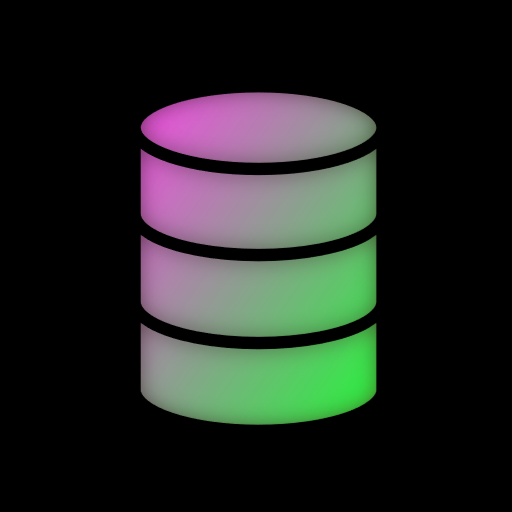

Typically a Fiber ISP will run Fiber optics only to your DEMARC (or Demarcation) point. This will be usually where your main cable (before any splits) or DSL line used to come in (in the US they’ve been using Orange tubes to indicate this and it will usually run to a panel in some closet or laundry). At the DEMARC they’ll install one of two things: a basic fiber to ethernet converter which will provide you a single ethernet port and a pure tap to the internet, or a Gateway device that will convert the fiber to multiple eithernet with NAT (usually providing other capabilites like TV, Phone, etc).
If you have the latter, you may not get much say in what you can do with your connection, and would be limited to a DMZ mode that is configured on the Gateway. What you put behind the converter or gateway is up to you.










In days past some drive vendors had different sector layouts for drives and would cause issues with raid. Pretty sure most nowadays are all the same layout and you won’t run into any issues. I still look to get the same drive model anyways just to be perfectly sure that there are no issues.
Even then you may run into weird issues like one of my 1.2 TB enterprise ssd drives was reporting 1.12 TiB rather than 1.09 TiB the other 7 drives had. TrueNas refused to build a vdev with that drive and I had to return it to get a new one.